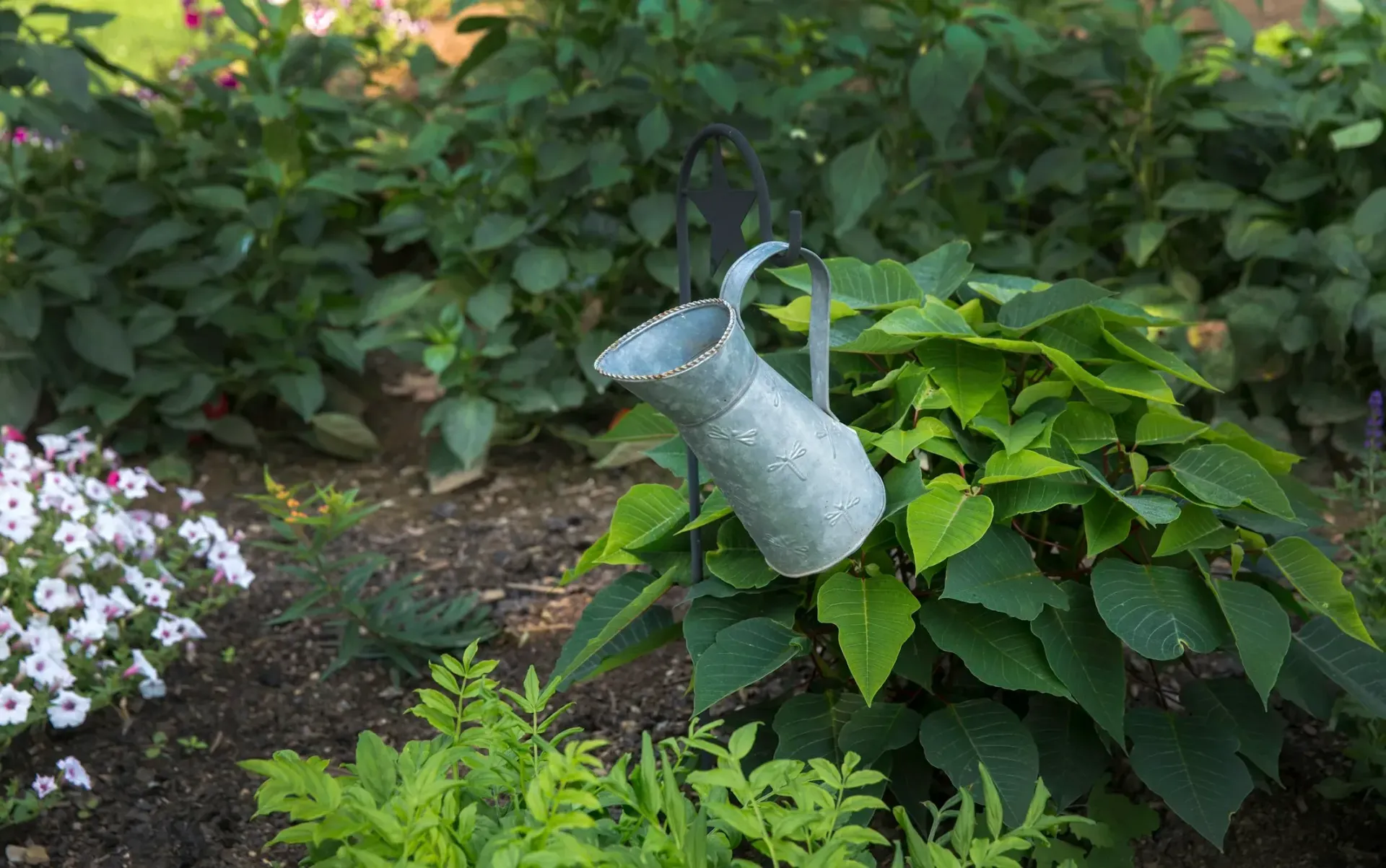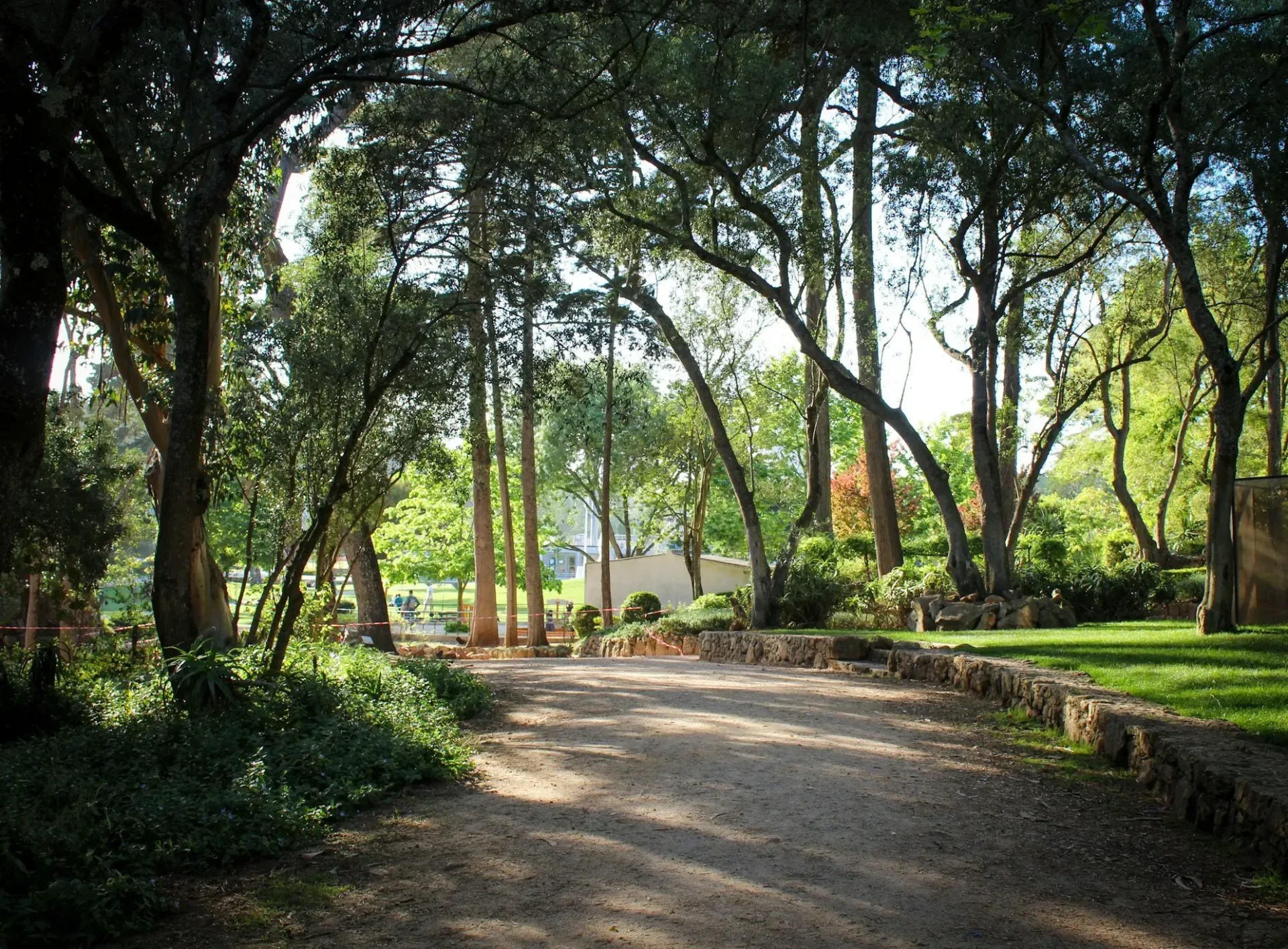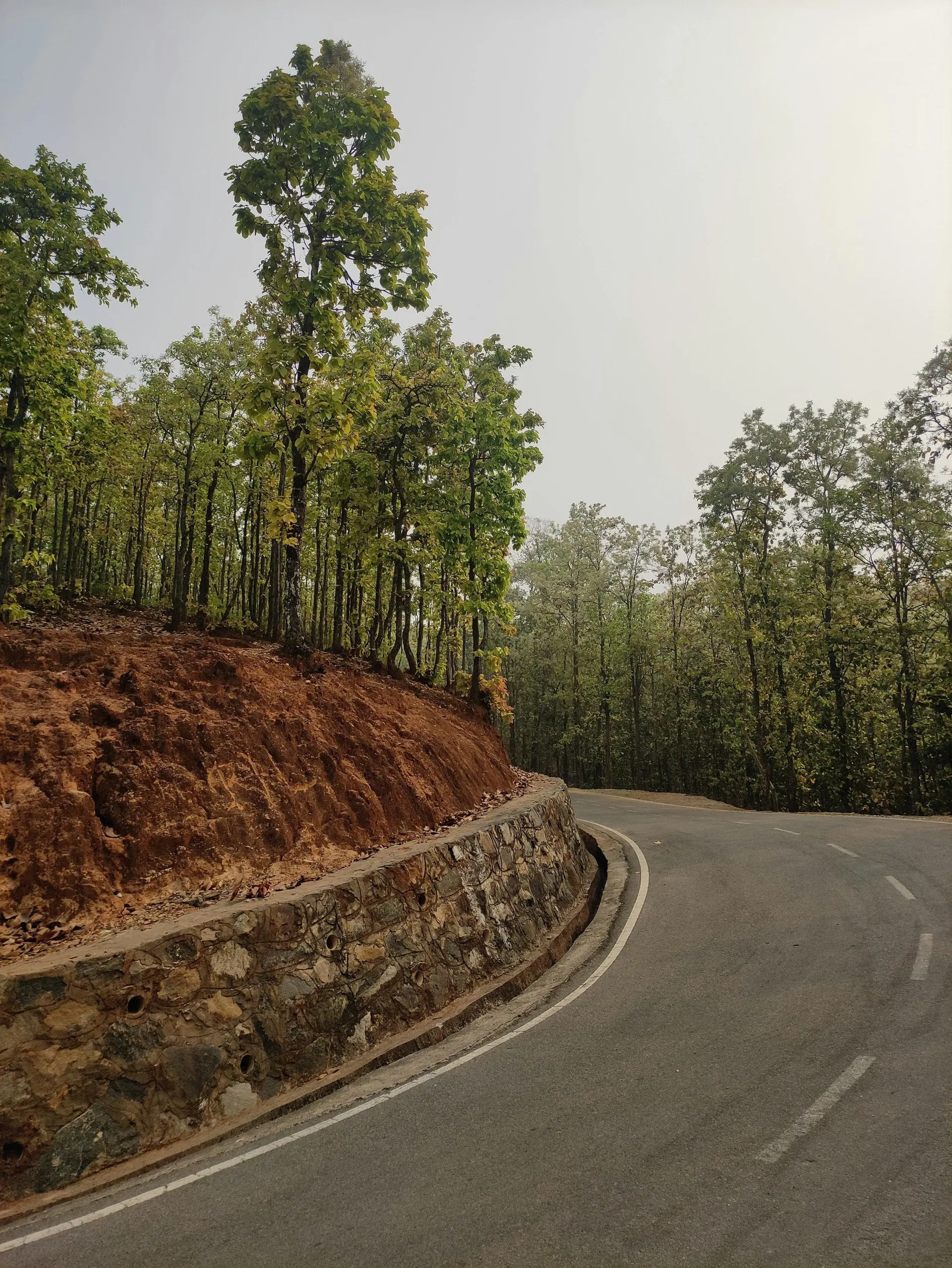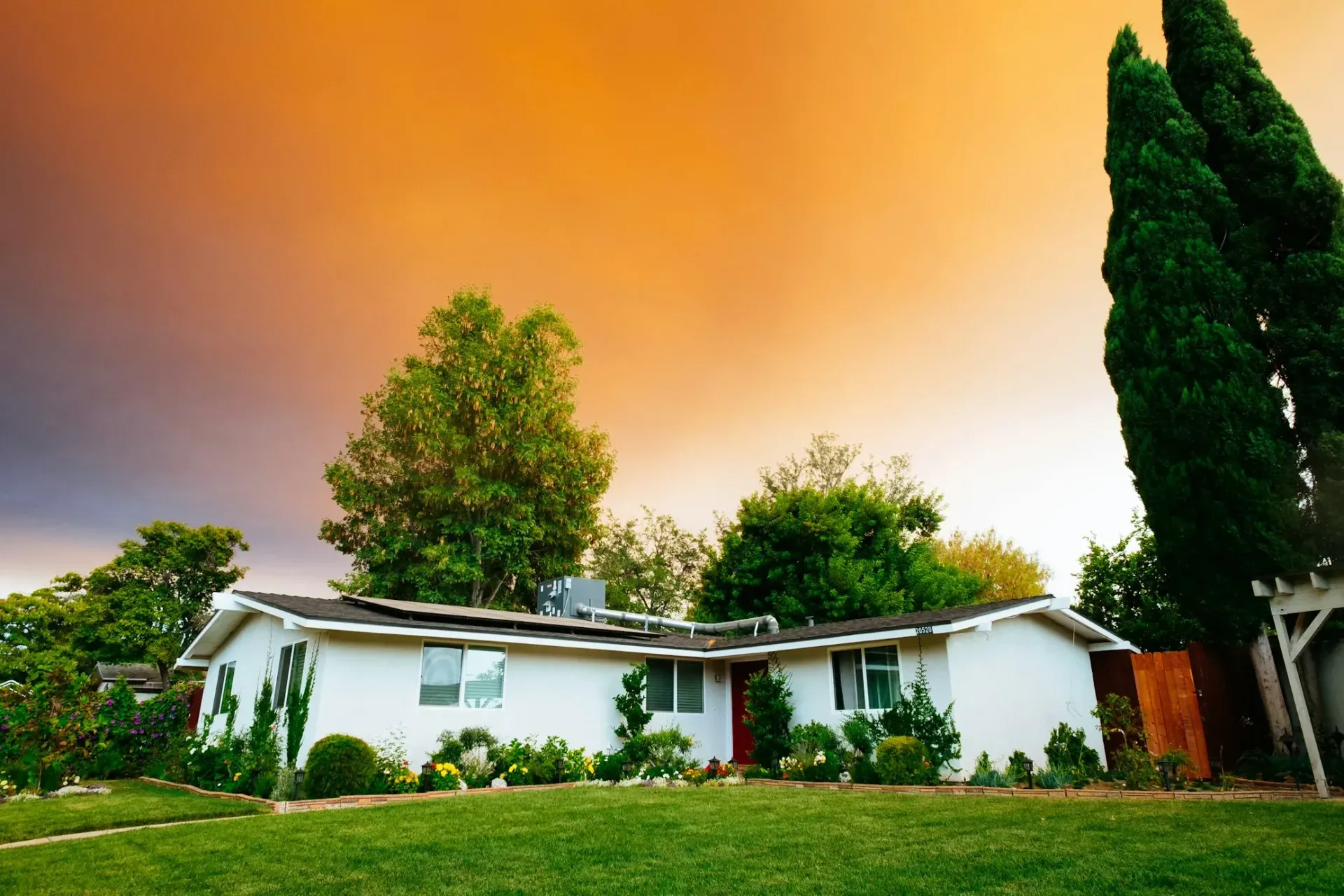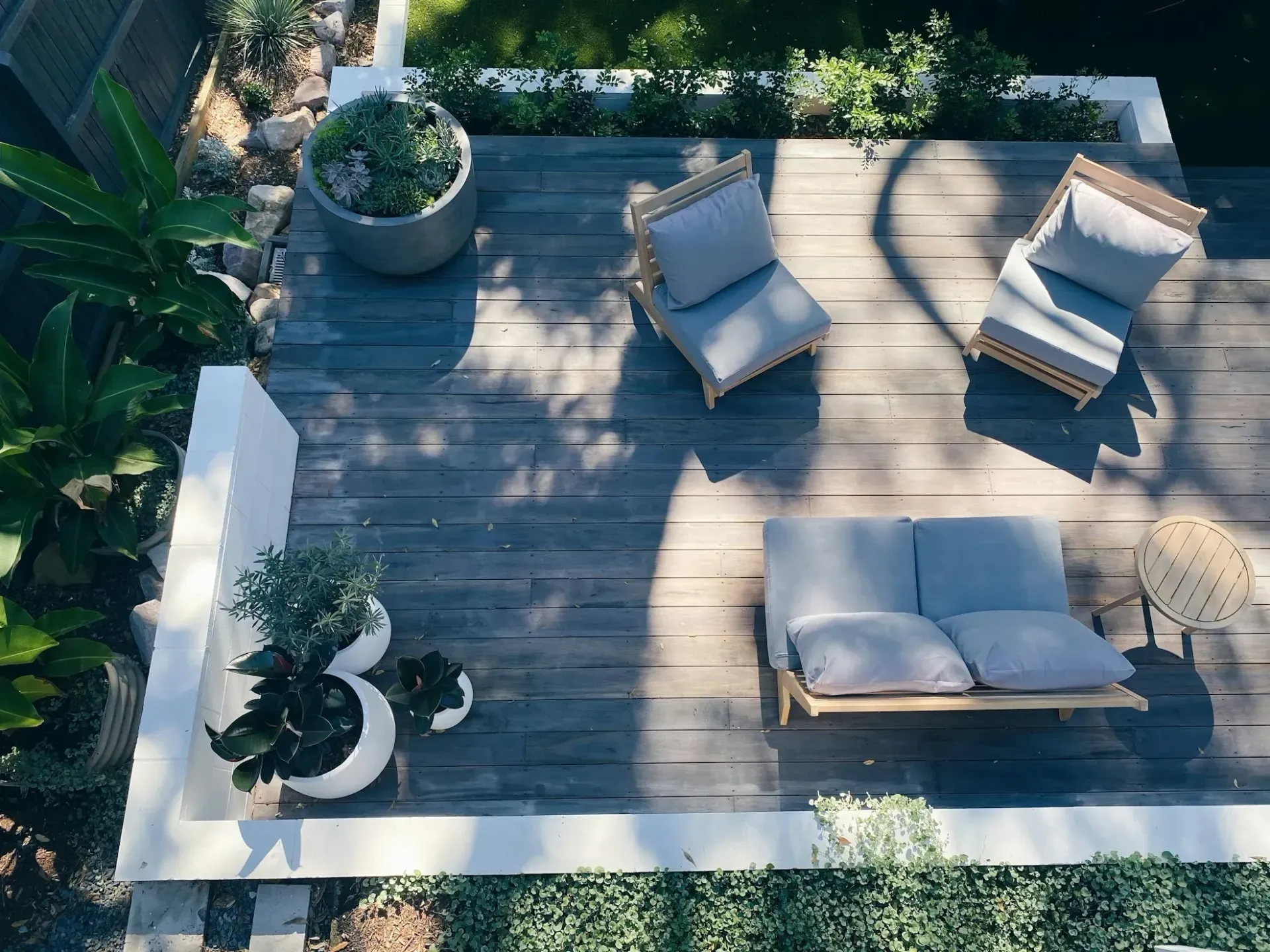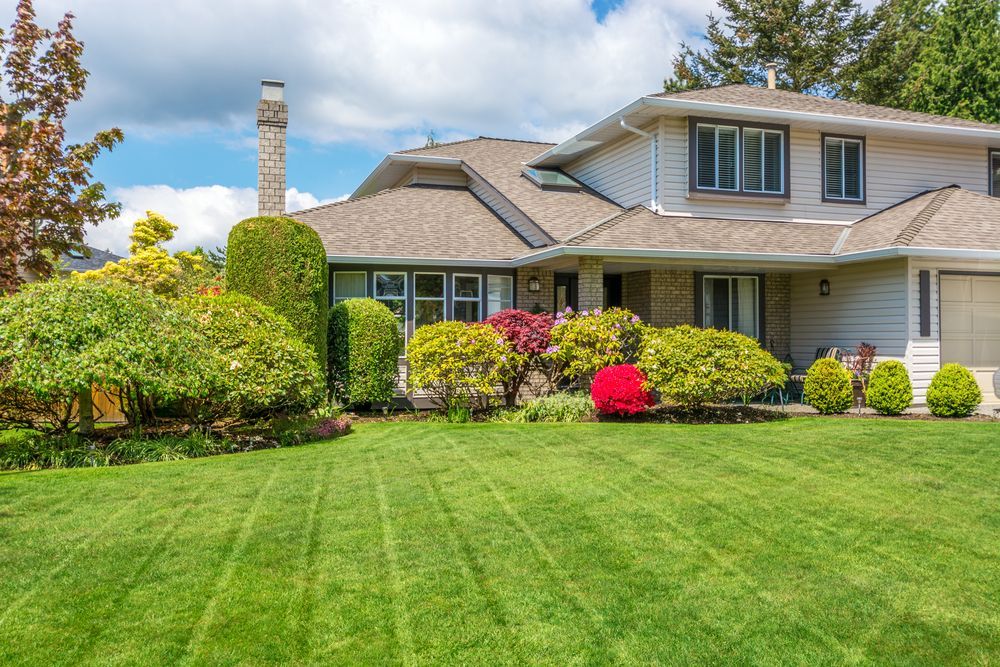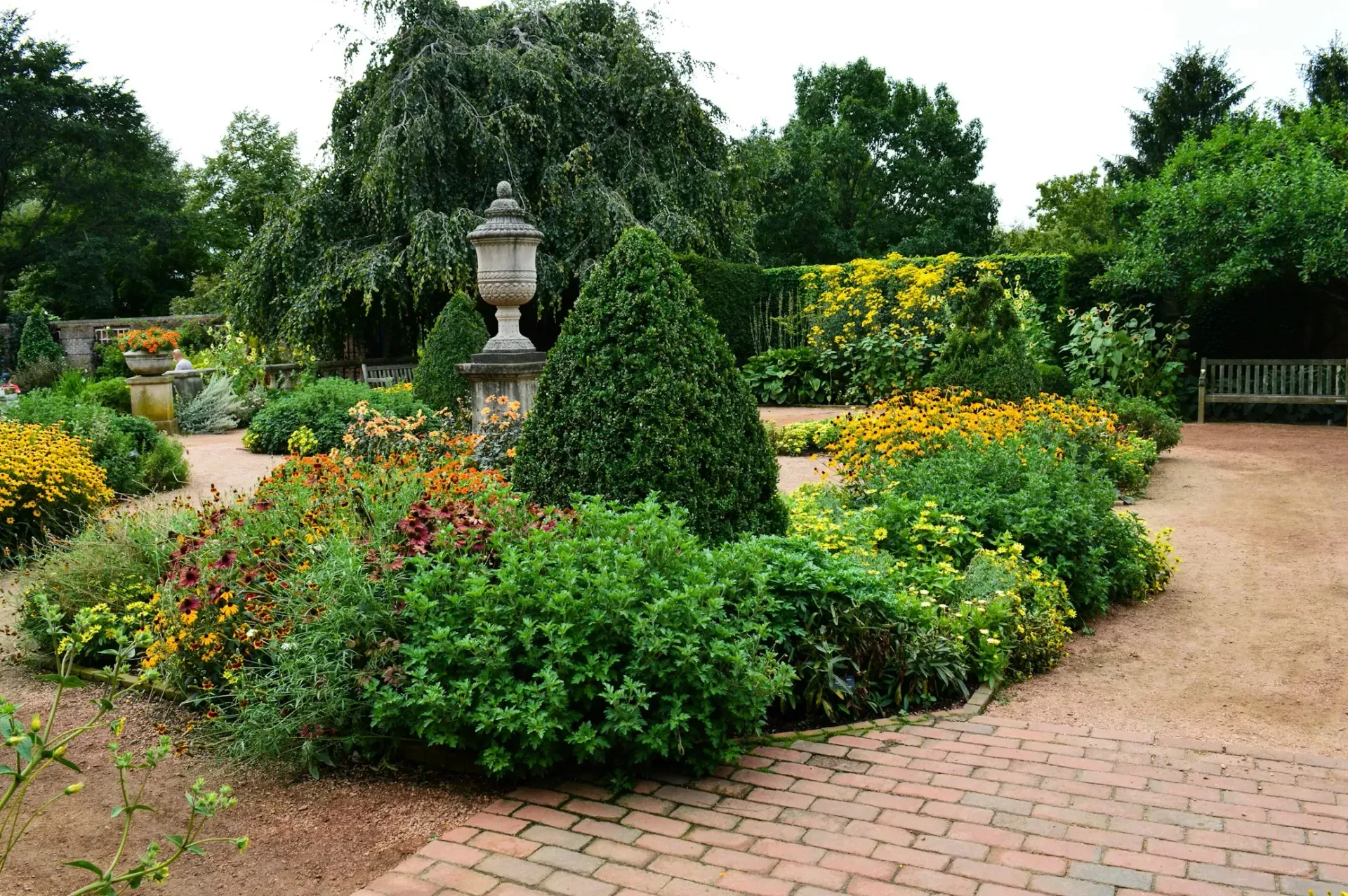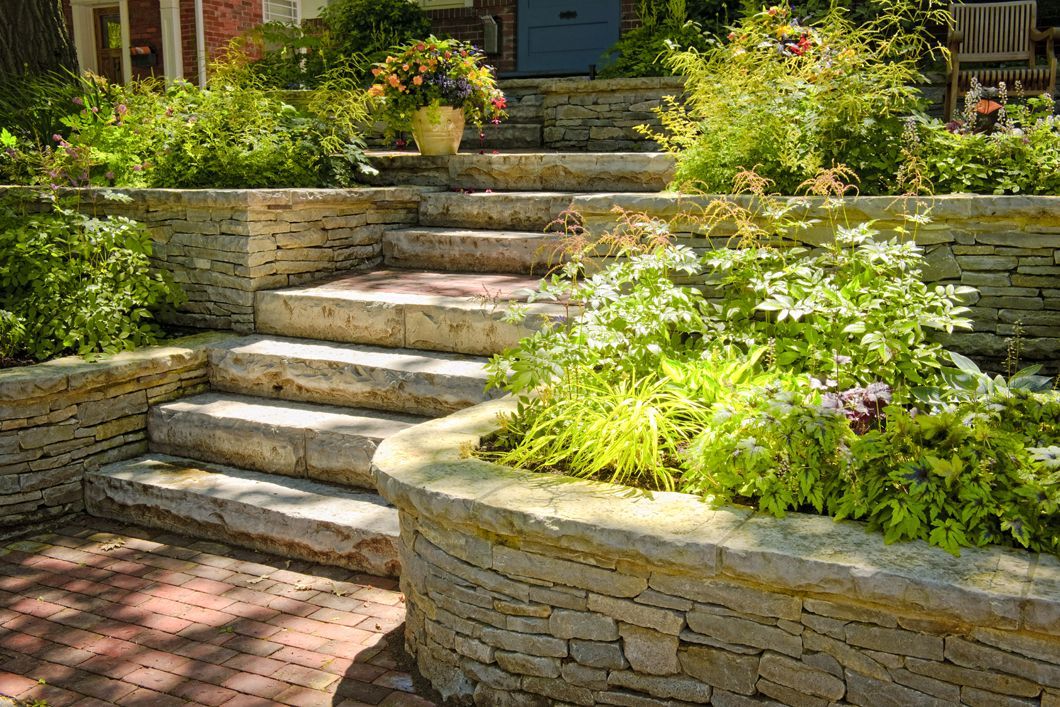What Does a Landscape Designer Do?
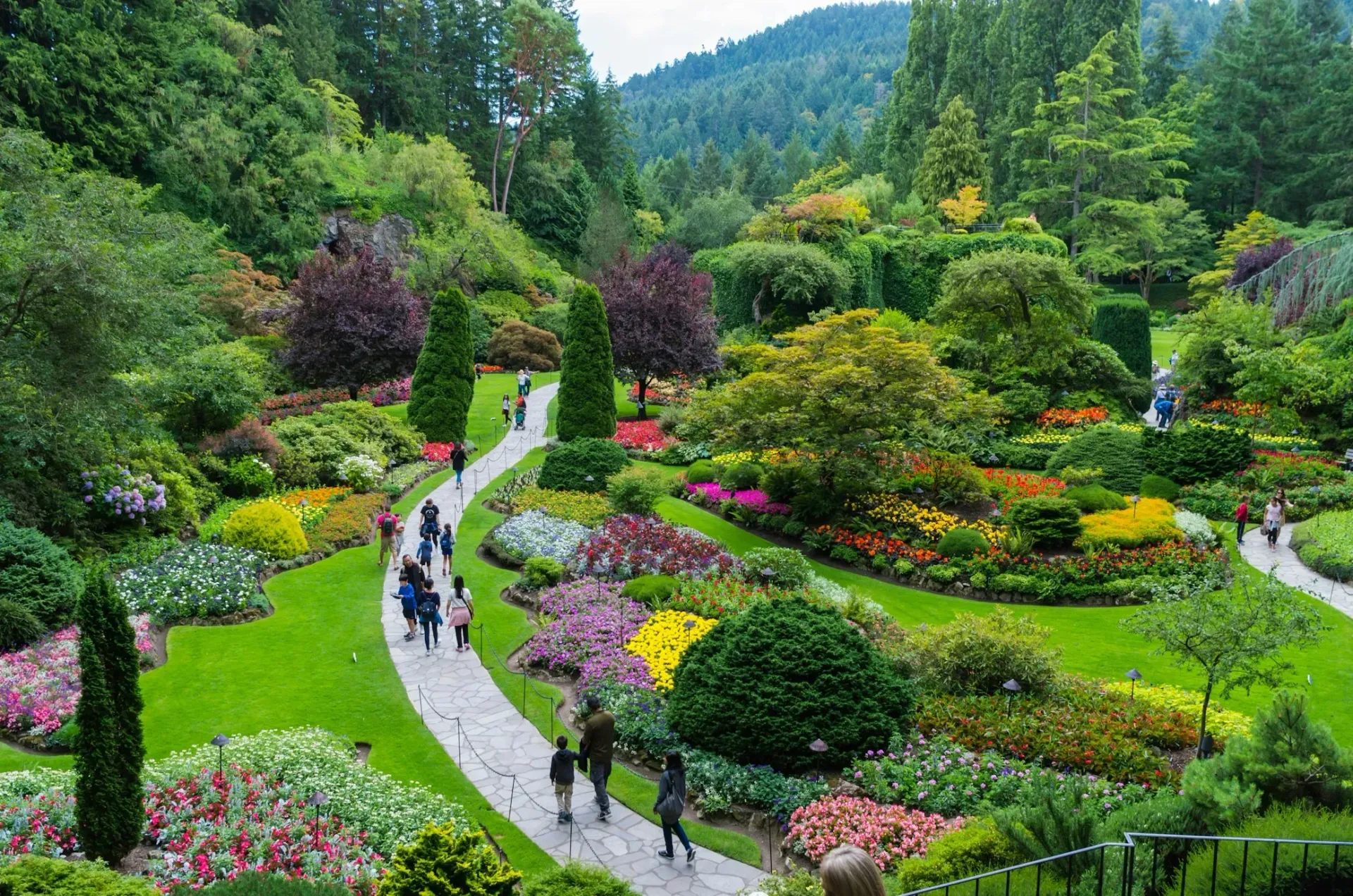
Landscape designers shape outdoor spaces to be functional, beautiful, and sustainable. They transform ordinary yards into attractive gardens and cozy retreats. These experts blend creativity with technical skills, designing areas that are not only eye-catching but also practical. In this article, we'll explore what a landscape designer does and how they turn outdoor spaces into places you'll love to be.
Understanding the Role of a Landscape Designer
A landscape designer is a professional who specializes in creating outdoor spaces. They work with homeowners, businesses, and public agencies to develop plans for gardens, parks, and other outdoor areas. Their role involves balancing aesthetics and functionality. This means designing spaces that look good and serve a practical purpose.
Landscape designers need a variety of skills. They must understand design principles and have technical knowledge about plants, soil, and climate. Creativity is a big part of their job, allowing them to create unique and personalized designs. They often use software to develop detailed plans and present them to clients.
Besides creativity, landscape designers must also be problem solvers. They consider factors like drainage, erosion, and environmental impact.
They work with other professionals, like contractors and architects, to bring their designs to life. By combining all these skills, landscape designers create outdoor spaces that are beautiful, functional, and sustainable.
The Design Process
The landscape design process has several stages.
It begins with a consultation. The designer meets with the client to understand their needs and vision for the space. They discuss things like budget, style preferences, and how the space will be used. This is also when the designer assesses the site, looking at soil conditions, drainage, and existing structures.
After the consultation, the designer moves on to concept development. This is where creativity shines. Using software or hand-drawn sketches, the designer creates an initial concept. This concept includes elements like pathways, plantings, and water features. It shows the overall layout and design theme.
The designer presents this concept to the client for feedback. Once the concept is approved, it's time to finalize the design. This involves creating detailed plans and specifications. The designer maps out everything from the types of plants to the materials for walkways. They also consider lighting and irrigation. These detailed plans are used by contractors to build the final design.
The final stage is implementation. The landscape designer coordinates with contractors to ensure the design is executed correctly. They oversee the construction process, making adjustments as needed. This stage requires strong project management skills. The designer must keep everything on track and within budget.
By the end, the outdoor space should match the original concept, both in form and function.
Key Responsibilities of a Landscape Designer
Landscape designers juggle multiple responsibilities.
One key task is creating functional outdoor spaces. This involves designing areas for different purposes, like dining, gardening, or relaxing. They plan walkways to connect these spaces, ensuring the layout flows naturally. They also consider how different features, such as patios and garden beds, fit together.
Another crucial responsibility is environmental consideration. Landscape designers aim to use sustainable practices wherever possible. They select native plants that thrive in the local climate, reducing the need for excess water or chemical treatments. They also focus on reducing environmental impact by planning for proper drainage and soil health.
Budget management is another essential part of a landscape designer's job. They must work within a client's budget while delivering a quality design. This requires careful planning and often involves finding cost-effective solutions. The designer keeps the client informed about expenses and explores ways to maximize the budget's value.
Communication is key throughout the process. Landscape designers must maintain clear communication with clients and contractors. They keep everyone updated on the project's progress and address any issues that arise. This open line of communication helps ensure the project stays on track and meets the client's expectations.
Examples of Landscape Design Projects
Landscape designers work on a variety of projects.
Residential projects are among the most common. These can range from small gardens to large backyard transformations. Designers create spaces for relaxing, entertaining, and gardening. They might add features like decks, pergolas, or water fountains to make the space unique. Each project is tailored to the homeowner's style and needs.
Commercial projects are on a larger scale. Landscape designers work with businesses to create inviting outdoor areas. This can include courtyards, office gardens, or outdoor break spaces. The design needs to align with the company's brand and meet safety regulations. It also has to be low-maintenance, since commercial spaces require durability.
Public spaces are another area where landscape designers make an impact. They help design parks, community gardens, and public walkways. These projects often require coordination with local governments and community groups. The goal is to create spaces that are welcoming and functional for the public. These projects also focus on sustainability and accessibility.
In all these examples, landscape designers use their skills to transform outdoor spaces. Whether it's a cozy garden at home or a bustling public park, they bring creativity and expertise to each project. Their work enhances the quality of life for homeowners, businesses, and communities.
The Benefits of Hiring a Landscape Designer
Hiring a landscape designer comes with many benefits.
One of the biggest is adding value to your property. A well-designed landscape can boost curb appeal, making your home more attractive to potential buyers. This increase in value often exceeds the cost of the design work, giving you a solid return on investment.
Landscape designers also enhance your lifestyle. They create outdoor spaces that suit your needs and activities. You can get a patio for family barbecues, a garden for relaxation, or a play area for kids. Designers ensure everything is functional and aesthetically pleasing, giving you a space you enjoy spending time in.
Another benefit is sustainability. Landscape designers focus on environmentally friendly practices. They use native plants that require less water and maintenance. They design with energy efficiency in mind, optimizing shade and sunlight. This approach not only helps the environment but can also reduce utility costs.
Budget management is a critical part of hiring a landscape designer. They help you plan your project within your budget. This means you get the most out of your investment without overspending. Designers find creative solutions to deliver high-quality results while staying within financial limits.
Finally, landscape designers offer expertise and peace of mind. They handle all the complex aspects of the project, from concept to completion. This includes permits, contractor coordination, and project management. With a professional guiding the process, you can relax and watch your outdoor space transform.
Conclusion
A landscape designer plays a key role in transforming outdoor spaces. They use creativity and technical skills to design gardens, patios, and walkways that are both beautiful and functional. Their work is complex, involving site analysis, concept development, and project management. They also focus on sustainability and budget management to meet clients' needs.
Hiring a landscape designer has clear benefits. It adds value to your property, enhances your lifestyle, and promotes environmental sustainability. By managing budgets and coordinating with contractors, they make the entire process smooth. Whether you're planning a small garden or a large commercial project, a landscape designer can make your vision a reality.
With their expertise and attention to detail, landscape designers create outdoor spaces you'll enjoy for years to come. If you're considering a landscaping project, it's worth consulting with a professional to see what they can do for you.
For top-notch landscaping, retaining walls, and irrigation in Cincinnati, choose Chip's Landscaping. They transform outdoor spaces into stunning, functional landscapes. Contact Chip's today to get started on your dream outdoor project!
Frequently Asked Questions
How much does landscape design typically cost?
Landscape design costs vary based on project size, complexity, and materials used. For a small residential project, costs can range from a few hundred to a few thousand dollars. Larger projects, like commercial spaces, may cost tens of thousands. It's best to get a quote from your landscape designer for a more accurate estimate.
How long does a landscape design project take to complete?
The timeline depends on the scope of the project. Simple designs might take a few weeks, while complex projects could span several months. Factors like weather, permits, and contractor availability can also impact the duration.
What is the difference between a landscape designer and a landscape architect?
Landscape architects have more formal education and typically work on larger projects like public parks or commercial developments. Landscape designers often focus on residential projects and smaller commercial spaces. Both design outdoor spaces, but architects may handle more structural elements, while designers focus on plants and aesthetics.
Do I need a landscape designer for my project?
If you're planning a significant transformation or need expert guidance, hiring a landscape designer is a smart choice. They can help with everything from site analysis to concept development and project management. For smaller projects or basic garden maintenance, you might be able to manage on your own or with a gardener.
How do I choose the right landscape designer?
Look for a designer with experience in projects similar to yours. Check their portfolio and read reviews from past clients. It's also important to find someone you feel comfortable working with, as communication is key throughout the process. Consider getting quotes from multiple designers to compare services and costs.
What should I ask a landscape designer before hiring?
Ask about their experience, past projects, and their approach to design. Inquire about their pricing structure and what services are included. It's also helpful to ask about their timeline and how they handle changes during the project. Understanding their communication style and level of involvement is crucial.
Are landscape designs sustainable?
Many landscape designers prioritize sustainability. They use native plants, design for energy efficiency, and consider environmental impacts. If sustainability is important to you, ask the designer about their practices and how they incorporate eco-friendly elements into their designs.

